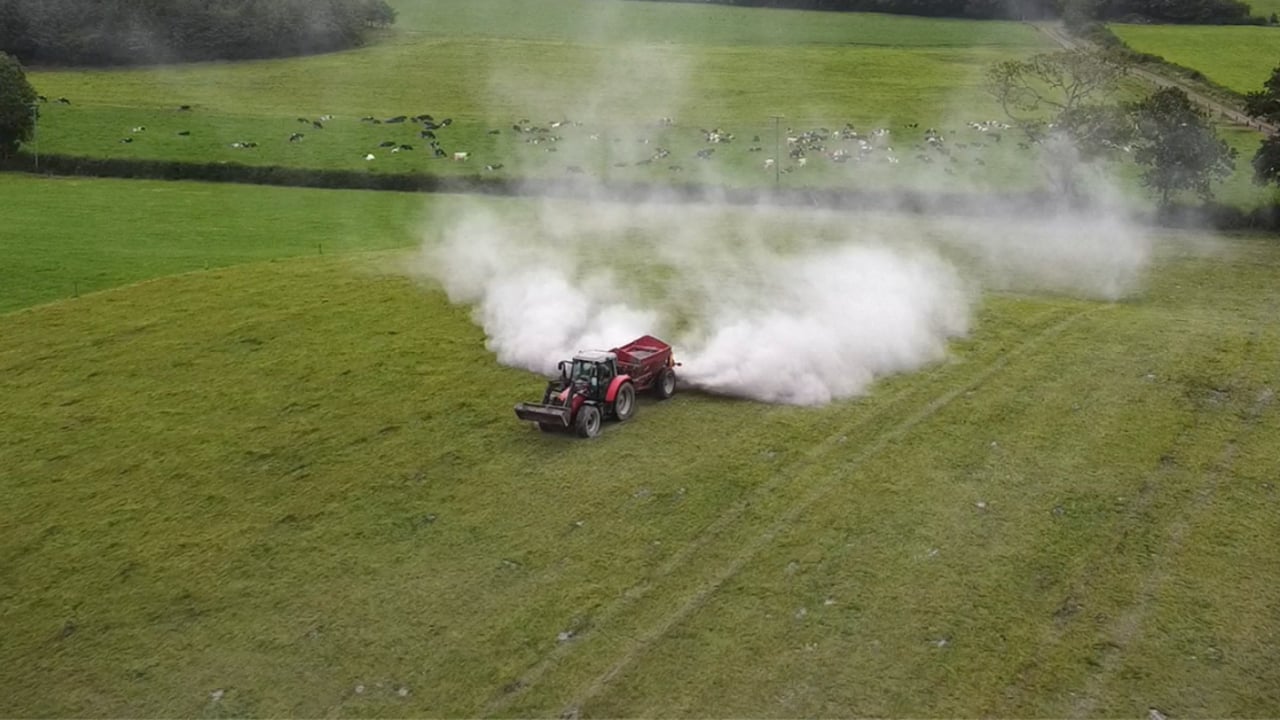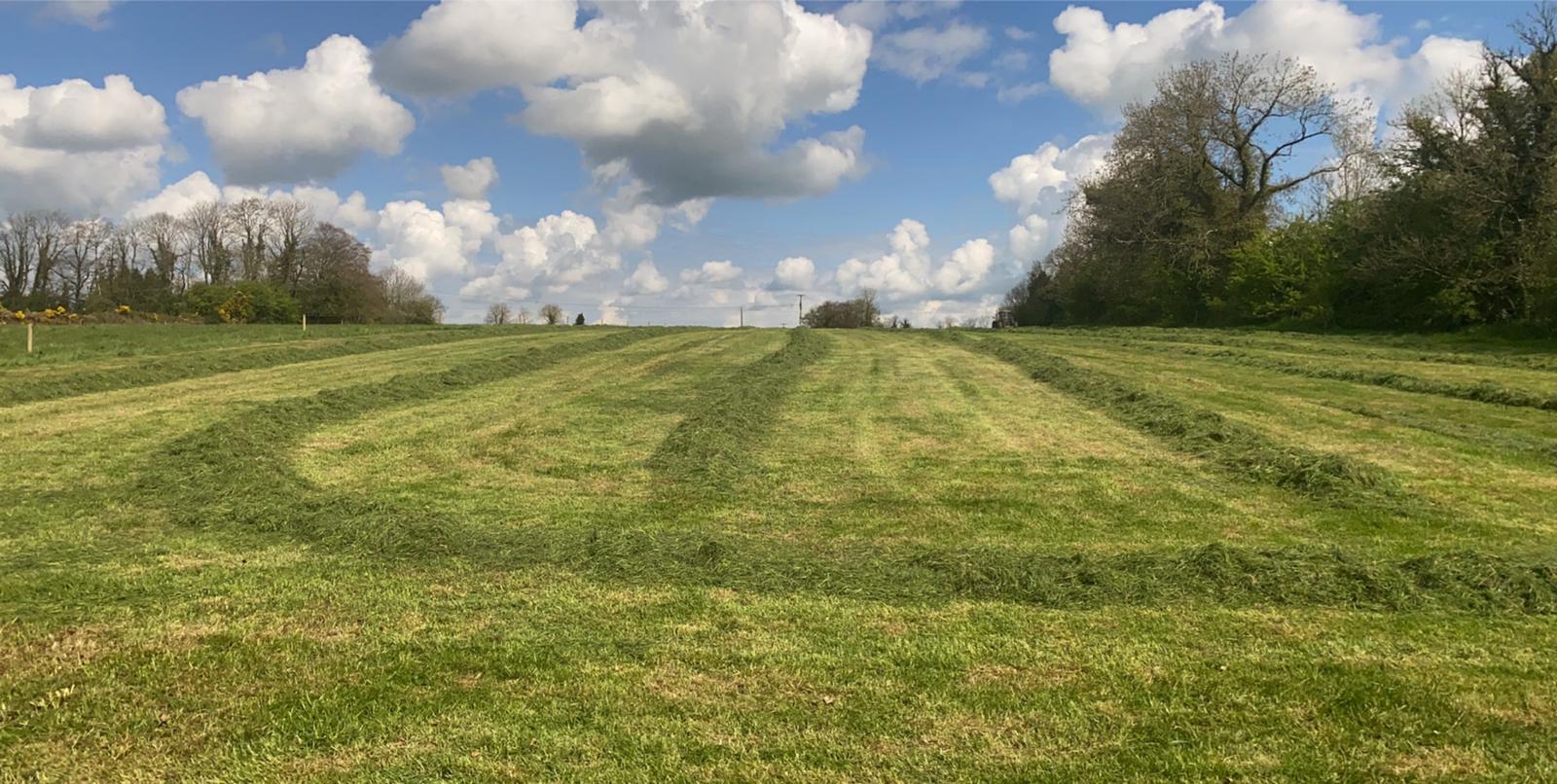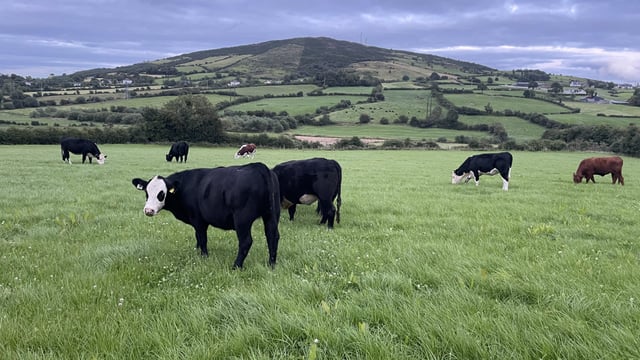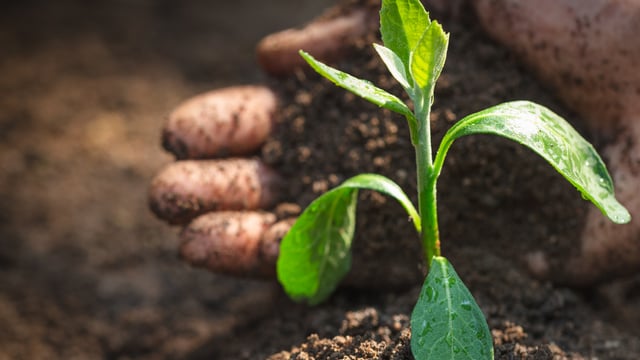Dairy advice: Now is the time to get lime out on land
Lime is the cheapest form of fertiliser and farmers should consider spreading it at this time of the year.
Growth rates have taken off in the last two weeks. which has meant that many farmers have taken out paddocks for bales.
This presents a perfect opportunity to get out an application of lime, with no fear of leaving lime residues.
Many farmers will have their last cuts of silage secured or will in the next couple of weeks, which also presents a perfect opportunity for lime to be applied.
While analysing allowances and your fertiliser plan for the rest of the year, it is important to find out how much extra nitrogen and phosphorus (P) you can spread before September 15.
However, the cheapest fertiliser of all, in the form of lime, should not be overlooked.
It needs to be realised that your soil fertility status is the most important aspect of growing grass, as it dictates the response to fertiliser. If soil fertility is low, the nutrients being applied are not readily available to the grass and cannot be retained or absorbed and utilised by the soil.
Not only is this costly as your fertiliser applications are not as effective, but it is damaging to water quality as it leads to more leaching of nutrients and hinders grass and subsequently cow performance.
The pH of your soil is the single most important chemical property in soil. If it is not at an optimum level of 6.3 or above, you are not giving your soil the best possible chance to grow as much grass as possible
Research shows that liming acidic soils increases grass production by 1.0t DM/ha. This is valued at €180/t DM on a dairy farm.
An application of 5t/ha of ground limestone to correct soil pH represents a cost of €25/ha/year over five years.
Liming can release up to 70kg of soil nitrogen (N)/ha/year, which will therefore reduce the need for chemical N in the ground.
The return on investment from lime gives €4-€7 worth of extra grass for every €1 invested in lime.
Applying lime as soon as possible after a cut of silage is essential to reduce the risk of lime residues. The aim should be to avoid high grass covers of over 800kg DM/ha.
Lime should be applied ‘little but often’ without exceeding 5t/ha in a single application. Applying a split application of 2.5t/ha over a number of years will allow you to build up soil pH in stages over time.
A decision has to be made after the second cut on whether you will need a third cut off the same block of land.
Ideally, silage fields should be left sufficient time of up to three months in dry weather between applying and cutting for silage.
However, it is not just silage fields that may require lime at this time of the year - any field with a low pH should be targeted after a tight grazing or it is mowed for surplus bales.
Identify blocks of land that require lime; this could require ordering a load of lime (20t) after each grazing rotation to correct soil pH covering approximately 10ac at 2t/ac lime application rate.
We are currently only applying 50% of our national lime requirements, and 80-85% of our soils are testing sub-optimal for major nutrients such as soil pH, P and K.
There has to be a focus on improving the response to fertiliser, as it will increase the amount of grass grown which will help you utilise more grass and reduce the amount of concentrates purchased.
The use of ground limestone as a fertiliser declined in 2024, according to data from the Department of Agriculture, Food and the Marine (DAFM).
The Annual Report 2024 published by DAFM last week shows that ground limestone usage was down 0.17% on the previous year (2023) to 1,017,256t, which is a trend going in the wrong direction.
Improving the amount of nutrients your soil can uptake through liming could potentially reduce your costs and minimise the amount of extra supplement being fed, which will also help build fodder supplies.
Over the next couple of months is the the time to start focusing on improving your fertiliser response by applying lime where needed, to correct the pH status.
The pH of your soil is the easiest part of soil fertility to rectify while being the cheapest way of improving your soil status and yet, it is still the one part of fertiliser plans and applications that gets overlooked.






